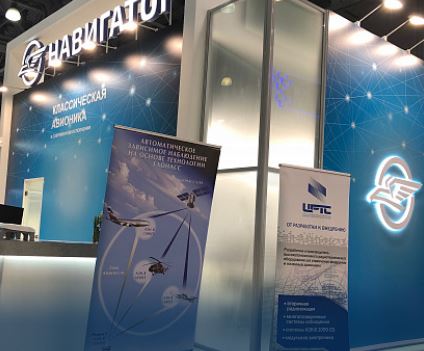Russia’s Digital Radio Systems (CRTS) and the Aviation Institute for Navigation Instrumentation (Navigator) presented a network of airborne and ground-based systems for the management and monitoring of air traffic, including drones, at lower level airspace at the recent HeliRussia event.
According to a (translated) company statement the network of systems comprises small-scale air surveillance system MSNVO-2010 (1090 ES_IN), airborne small-sized transmission system ICS (1090 ES_OUT), aircraft responder WITH -2010, SRPBZ ground proximity warning system, WTSB airborne collision warning system, BMS² navigation and landing system and multi-functional indicators and ground stations ADS-B 1090ES.
“This will allow is in the near future to build the necessary aeronautical infrastructure for safety and optimization of air traffic in the so-called “uncontrolled” lower airspace (class G), where no dispatcher service is provided… the technology of automatic dependent surveillance (ADS-B) 1090ES is the cornerstone for the digitalization of air traffic in class G,” said a press statement from CRTS. “It allows you to create an objective situational awareness of all participants in the air traffic on the principle of “everyone sees everyone. In conjunction with the ground infrastructure – the AZN-V stations, which are combined into the multi-station Almanac surveillance systems manufactured by CRTS, we get a high-quality surveillance zone in real time. This will provide a technological opportunity to ensure equal access to the airspace and manned aircraft – helicopters, light aircraft, and UAVs,”
CRTS is a specialist in the field of multilateration technologies, automatic dependent surveillance and radar for air traffic control.
For more information




